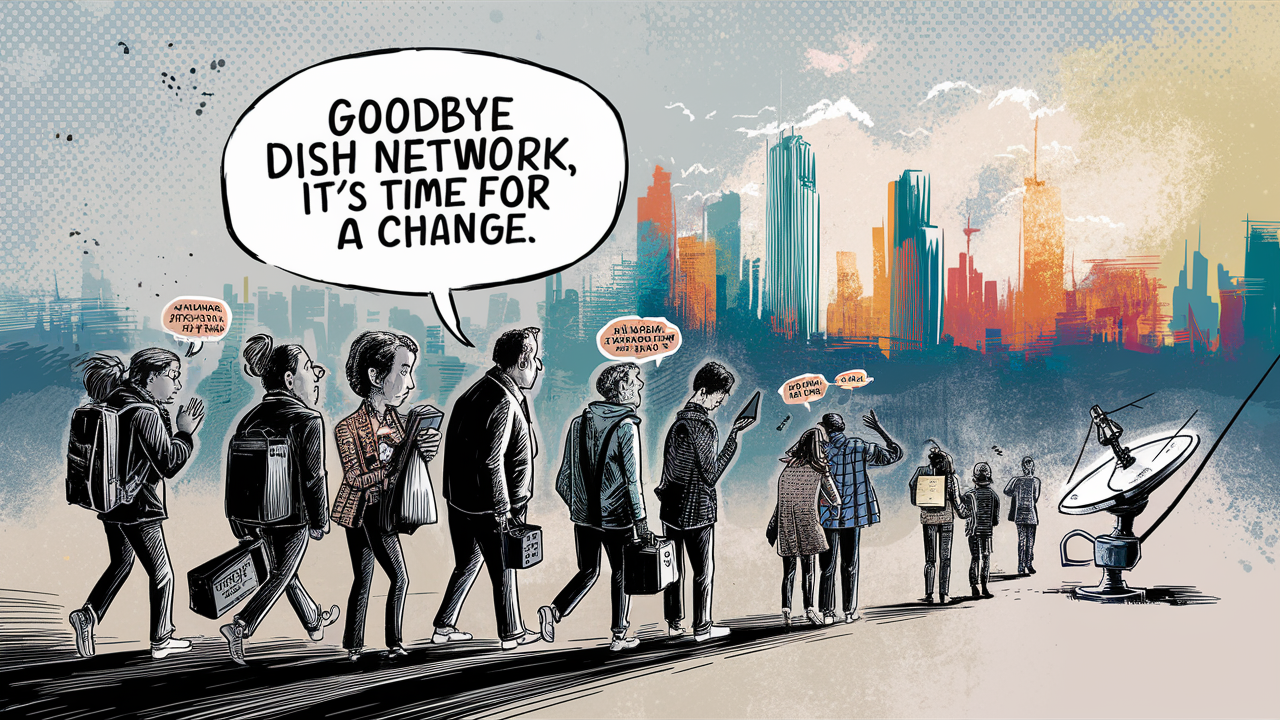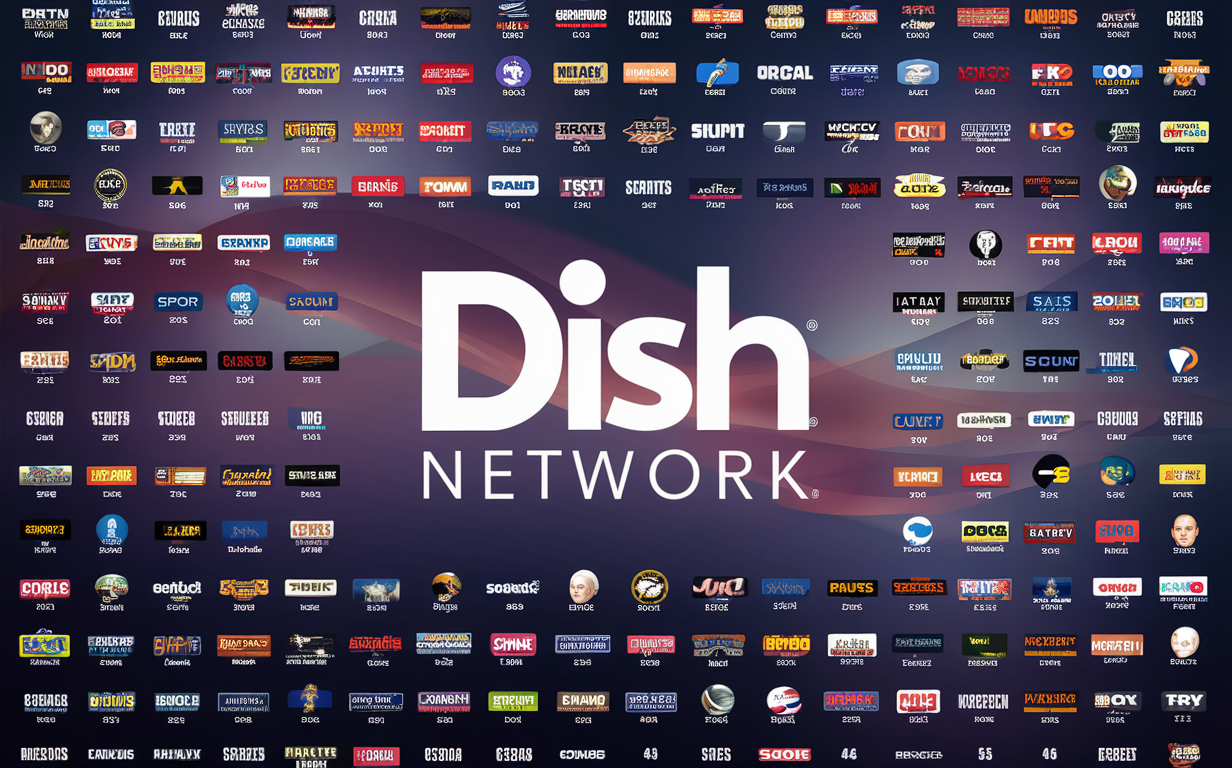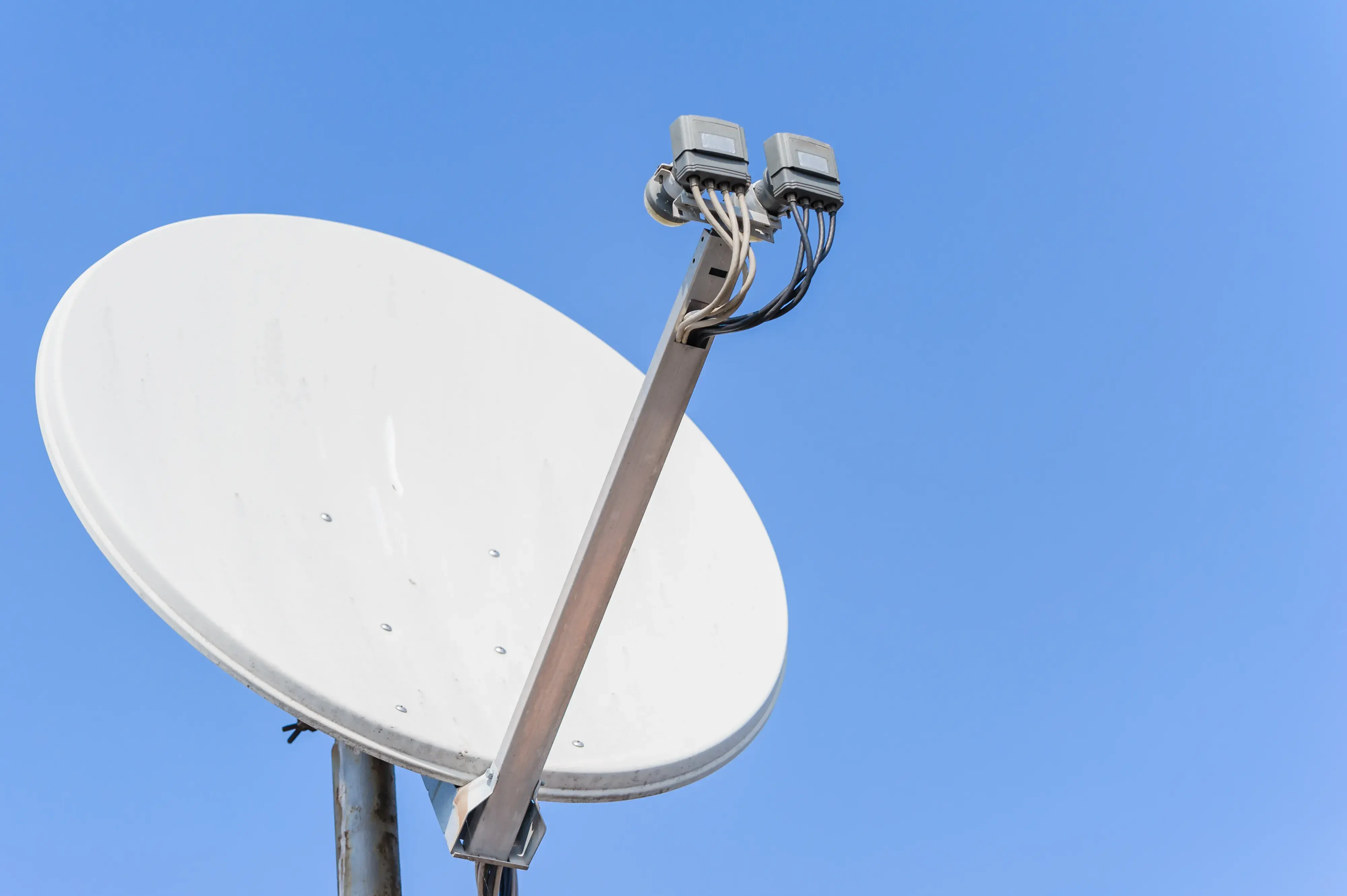
Dish Network Corporation, a direct broadcast satellite service provider of television programming in the United States, has reported an ongoing decline in its subscribers for the past several years. The annual decrease can be observed in Dish’s financial statements; for 2021, the company lost about 230,000 pay-TV subscribers. There are several key reasons why customers have been abandoning Dish:
Price Hikes
Like any other cable and satellite company, there have been several instances where Dish has hiked the rates. In addition, programming costs have gone up over the years, and this has been reflected by Dish increasing its subscription rates. Most customers have reached a point where they have had enough of the service and are willing to live without it given the ever-increasing monthly charges. Namely, those operators that have been maintaining consistently high rates may increasingly lose fed-up customers, especially when most households have to tighten their belts.
Lack of Sports Programming
Albeit sports lovers have expressed their dissatisfaction with Dish Network due to its failure to acquire deals with regional sports networks. Last year, Dish was involved in a long-standing disagreement with Sinclair Broadcast Group, and that led to Fox Sports regional networks being dropped from the Dish plans. This prevented fans from being able to watch games of major league baseball basketball and hockey teams. Despite the Sinclair situation being cleared, Dish still misses some fundamental regional sports networks in specific areas. For sports-loving subscribers, the programming voids are invasive and wholly unbearable to endure.
Increased Competition
Fixed and subscription-based services are under threat from cheaper streaming rivals across the entire pay-tv sector. Streaming services such as Sling TV, YouTube TV, Hulu + Live TV, and other similar services offer a similar package at a lower cost. These streaming ‘skinny bundles ‘provide major broadcast and cable networks and hence, do not require the expensive traditional TV subscription. Because Dish has been offering satellite TV service which does not have competitive selling points, many consumers have switched to cheaper and more versatile streaming TV substitutes.
Technology Preference Trends
Nowadays, many people, especially the younger generation, tend to shift more towards streaming instead of direct satellite transmission. As it is considered convenient to watch series or movies without being limited by the schedule, viewers also like the fact that they can choose which programs to watch at any given time. The traditional linear satellite TV model that Dish uses does not have that kind of flexibility. And as more and more houses only use streaming applications instead of conventional cable, the outdated satellite dish is no longer needed. One of the major problems that contributed to Dish’s loss of customers is that the company did not seize the opportunity to shift to streaming and align with new technological preferences.
Merger Uncertainty
The recent announcement by Dish of its plan to merge with another satellite TV provider, DirecTV, has generated some unknowns that could also be leading to the switching. The proposed merger, if approved, will be the joining of two of the largest satellite TV companies in the United States The duo, however, may not be able to close the deal after over one year of attempting to do so due to emerging doubts that the regulators will approve the merger. Customers rather than waiting for their turn might be willing to switch to a different service other than satellite TV service, which might still be up for more changes in the future. If the merger does not occur, the implications could prolong the negative effects and push Dish’s subscriber loss even further.
The Bottom Line
With continuously increasing costs, programming disagreements, increased competition, shifts in technology trends, and uncertainties in mergers and acquisitions, Dish Network faces a serious threat of customer attrition. The satellite TV company continues serving over 8 million subscribers, yet, the key problem of this case, changing the hard trend of customers leaving, is not an easy task. To remain competitive, Dish may require a drastic overhaul focused on the company’s proposed merger, television programming, and streaming platform, with an emphasis on affordable pricing and reduced instability. If these changes are not going to occur soon then Dish’s subscriber loss appears to be destined to continue unabated as there are other better and cheaper solutions around the corner.
Ready to upgrade your TV experience? Call us now at (877) 471-4808 to find the perfect Dish Network plan for you! Don’t miss out on great entertainment—our team is here to help you choose the best package and get you started today.





